SUMMARY
This is AI generated summarization, which may have errors. For context, always refer to the full article.
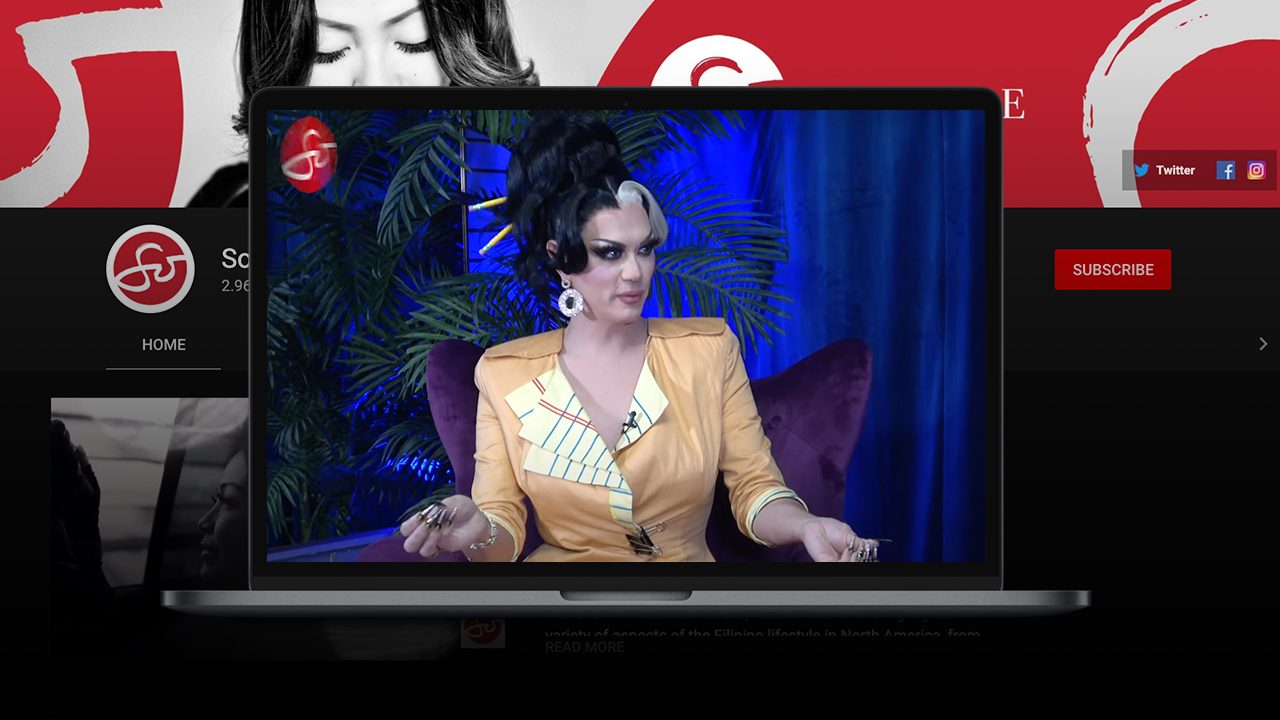
This story is published in partnership with SoJannelleTV, a magazine show about Filipinos in North America
When it comes to performing in drag, Manila Luzon puts the queen in drag queen.
The 42-year-old Filipina-American performer has kept a busy schedule ever since she crashed on to the scene in the third season of RuPaul’s Drag Race in 2011, finishing as a runner-up in the season and becoming an icon of drag. Though the exotic wigs and elaborate outfits paint a picture of glamor, it hasn’t been all roses for the Minnesota native.
Hot on the heels of the conclusion of season 16 of Drag Race, which concluded earlier this month, Luzon sat down with Filipino-American media pioneer Jannelle So-Perkins to discuss the growing pains of finding her own voice.
Far away from the movie cameras in Los Angeles, Luzon grew up as Karl Westerberg in Minnesota. Born to a Filipina mother and a white father, Luzon says she blended in as an ethnically ambiguous person in an almost exclusively white community. Most of the discrimination she experienced wasn’t due to the color of her skin, but for her sexuality.
“I think the most discrimination I got was for me being gay. This is before I had even really accepted it or even recognized it within myself. So it was something that I thought that I was able to cover up or lie about. When people would call me out for it I think that was most painful,” said Luzon in an interview with So Jannelle TV, a Filipino-American lifestyle magazine show which airs US-wide on cable channels The Filipino Channel (TFC) and ANC; as well as on local Southern CA channel 44 KXLA; and is also available on social media platforms.

She says she was almost forced out of the closet as a college student, but once she embraced who she was, it disarmed the bigots who ridiculed her.
“The hardest thing about coming out for me was just understanding that I wasn’t really doing a very good job of covering it up,” laughed Luzon. “It was probably at the time it was very devastating because everything that I had set up for myself was turned upside down, but it was the best thing that ever happened to me. Once I learned to really own who I was, I took the power. So if someone called me a gay slur on the street, it’s like, well, I know I’m gay so that’s not really hurtful.”
Luzon recalls dabbling with her mother’s wardrobe in her closet as a child, but says it wasn’t until she was able to go to the gay bars of Minneapolis during their 18-and-over nights in which she first began to express herself publicly. She notes that she quickly noticed that her Asian features lent themselves well to more feminine attire and makeup.

Still, she had to decide on a name for this alternate persona, and decided to pay homage to her mother’s background, picking Manila (with the presence of the word “Man” being a double entendre) and Luzon for the island where that city is situated.
“Getting to get dressed up and be a little extra and creating a little bit more of a fantasy than your regular t-shirt and jeans is so exciting. When I first went out in drag it was, well you can just get dressed up to go out to the club and be the best dressed person there,” said Luzon.
Luzon eventually moved to New York City, where her fabulous attire and ornate appearance allowed her to cut to the front of the line at gay bars all over town, and earned her plenty of free drinks along the way. What helped Luzon make the leap from the club scene to the world stage was her relationship with the late Sahara Davenport, who starred in the second season of Drag Race.

Luzon describes Davenport as “the professional drag queen in the relationship,” whereas Luzon was doing it more for personal enjoyment. Davenport shared with her partner the firsthand experience she gained on the show, which helped build Luzon’s confidence going into the auditions for the third season, where she would be tasked with performing on stage, which is a significant departure from her previous experiences.
What was the best piece of advice that she had received?
“Just to know where the cameras are. I knew that I wanted to go there and just be myself. I knew that authenticity is what really shines on reality television but then you have to make sure that you are authentic when the cameras are rolling and you want to have good lighting and good angles,” said Luzon. “It challenged me to do things outside of my comfort zone. I really found so much pleasure in taking on these challenges and slaying.”

Despite not winning the season, Luzon was invited back for RuPaul’s Drag Race: All Stars seasons 1 and 4. Now Luzon is stepping into a new role as executive producer – plus head judge and host – for Drag Den Philippines, a Philippines-based reality series on Amazon Prime which is giving a new generation of Filipina drag queens their own chance to slay.
The show premiered its second season in January, and has already been renewed for a third season. Her performance on Drag Den earned her recognition at Best Entertainment Presenter or Host at the 28th Asian TV Awards in January. In March, she wrapped up a run on stage in Los Angeles, starring in Drag: The Musical alongside fellow Drag Race alum Alaska and New Kids on the Block’s Joey McIntyre.
After having the biggest spotlight shined on her, Manila Luzon has shown that she will not melt under pressure. Instead, she continues to use lessons learned on her first major show to overcome challenges in her everyday life.
“That’s one of the things that I learned from being on RuPaul’s Drag Race is that I will actually stop myself and say, ‘What would you do if this was a challenge on that reality show?’ And then I just go as if there are cameras around me watching me and I let my personality and my charm and my wit and my humor guide me through these uncomfortable situations,” said Luzon.
“I find that I have what it takes, even without the wig and the makeup, to take on anything.” – Jannelle So Productions | Rappler.com
Rappler is partnering with Jannelle So Productions Inc (JSP), founded by Filipino-American pioneer and Los Angeles-based journalist Jannelle So, to publish video and written stories from SoJannelleTV about the journeys, successes, and challenges of Filipinos living in America.
Check out So Jannelle TV daily for stories that make you pause, reflect, and appreciate who we are and what we are as a people.
Sundays, 4:30pm PT / 7:30pm ET on The Filipino Channel (TFC)
Mondays, 6:00pm on KNET Channel 25.1 Southern California
Replay on Saturdays, 7:30pm PT / 10:30pm ET on ANC North America
Any time on YouTube.com/SoJannelleTV
Add a comment
How does this make you feel?
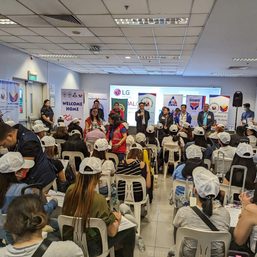
![[Only IN Hollywood] Spider-Man’s Pinoy bestie beats Fall Guy; Fil-Am voices Pixar film character](https://www.rappler.com/tachyon/2024/05/only-in-hollywood-may-8-2024.jpg?resize=257%2C257&crop=314px%2C0px%2C720px%2C720px)
![[Vantage Point] Philippine economic reforms run into headwinds](https://www.rappler.com/tachyon/2024/05/ph-economic-headwind-may-2024.jpg?resize=257%2C257&crop_strategy=attention)
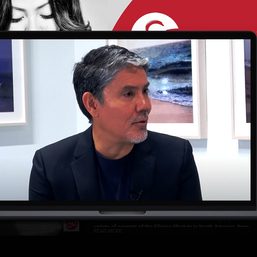
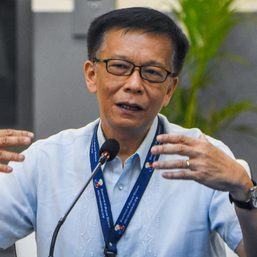



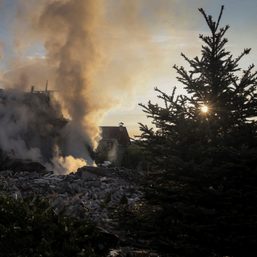
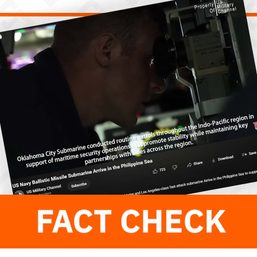
There are no comments yet. Add your comment to start the conversation.